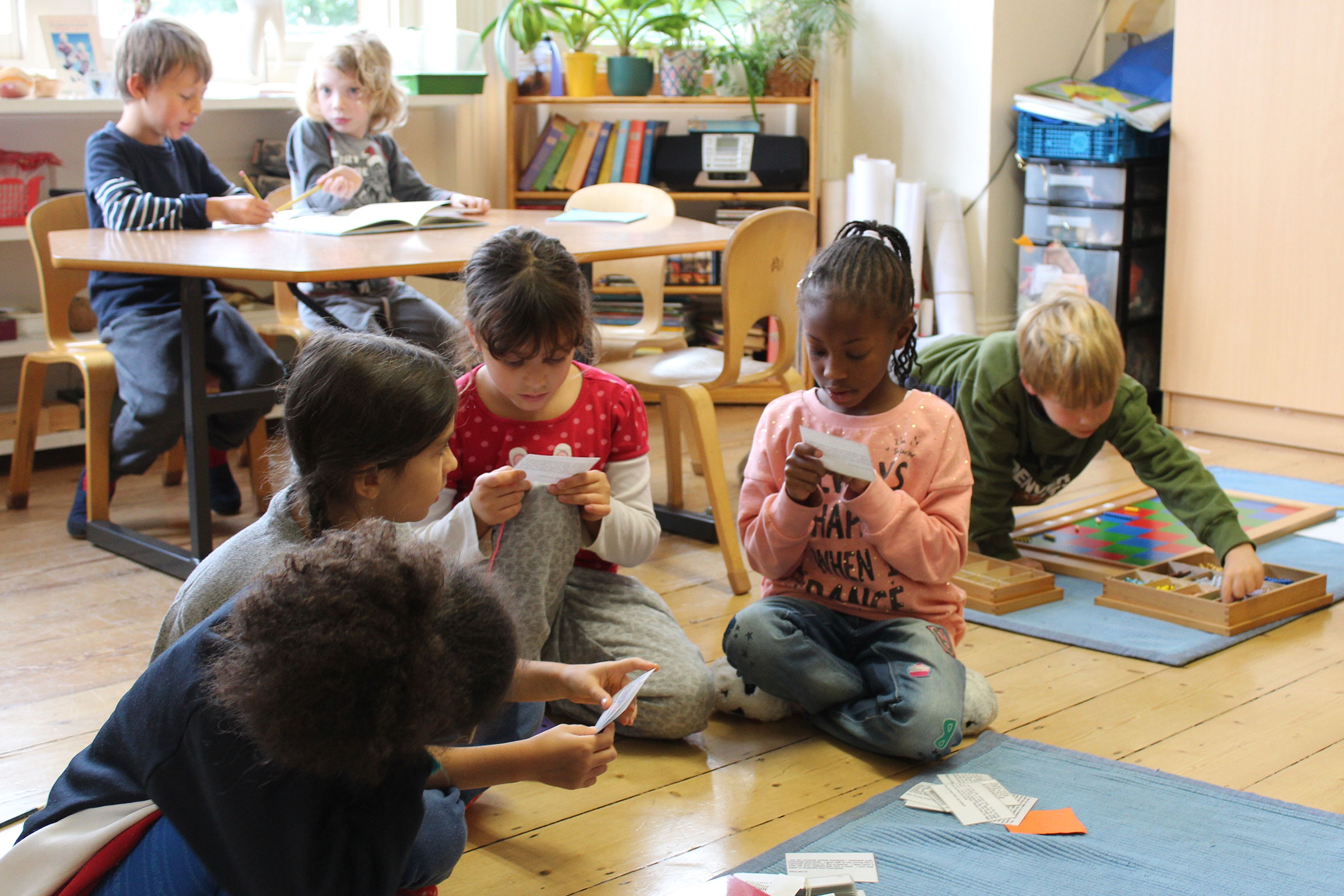Dr. Montessori tells us in The Four Planes of Education, "I have found that in his development, the child passes through certain phases, each of which has its own particular needs. The characteristics of each are so different that the passages from one phase to the other has been described by certain psychologists as 'rebirths.’”
I think we can all agree that a child’s most immediate caregivers, their parents and the other adults in their lives, along with their teachers, all have the child’s best interest at heart. They hope for this child in their care to grow up healthy and happy, and to the fullest of their potential.
When we talk about the planes of development, we typically divide them up in six-year increments: 0-6, 6-12, 12-18, 18-24. This can give the impression that the transition from one plane to the next is the flip of a switch and happens exactly on a child’s sixth birthday, specifically in the case of the second plane. The reality is that the child may exhibit characteristics of both the first and the second plane for some time, as the transition is generally gradual.
It is important to realize that the amount of time that the child spends in a Primary (3-6) classroom does not impact the transition into the second plane. The child's characteristics will change regardless of whether they have ever set foot in a Montessori classroom.
In Montessori, in order to be on the same page in terms of a child, their development, and a family’s expectations, it helps if the families have some key information to help them understand why we do what we do. For caregivers who grew up in traditional education, even if they have made a deliberate choice in bringing their child to a Montessori school, their own experience and the information they fall back on may be very different. An understanding of the four planes and what that means for their child is especially important as a child approaches the second plane of development. At this point, in a Montessori school, a decision will need to be made as to which environment-Primary or Elementary-is most suitable for the child.
How do we know which environment is right for the child at this time? The key to deciding hinges on observing the child, noting their characteristics, and discussing which environment and why. The Primary and Elementary teachers should observe, as should the child’s main caregivers.
Does this child continue to present as more of a solitary worker and not yet interested in peers or are they seeking out others with whom to work? Does the idea of repeating a lesson over and over just how they were shown what draws them to work or are they looking to do big things, projects, or something that challenges their intellect and draws on their active imagination? Do they physically resemble the children around them in their Primary community or are they growing taller and beginning to lose teeth? Is the behaviour of the peers around them unconcerning to them or are they becoming concerned and seeking the advice of an adult and doing what most call tattling? Is a strong sense of physical order still in place or are we observing a child less concerned with physical order?
These are some of the indicators that will help to decide the best place for a child to continue to grow and learn. When the child is exhibiting some of the changes in characteristics we might expect to observe, they can begin visiting the Elementary class. This too can help with a final decision. Does the Elementary environment seem overwhelming to the child or is it exciting, a new adventure with many things to explore?
The child should visit as much as is needed. Visits help the children to learn about the community and its members and begin to understand how the Elementary functions. If you allow them to openly visit, the child themselves will indicate to you when they are ready to move!
Dr. Montessori tells us in The Absorbent Mind, "The child's development follows a path of successive stages of independence, and our knowledge of this must guide us in our behaviour towards him. We have to help the child to act, will and think for himself. This is the art of serving the spirit, an art which can be practised to perfection only when working among children."
Virginia Viscovic, AMI Trainer for 6–12
